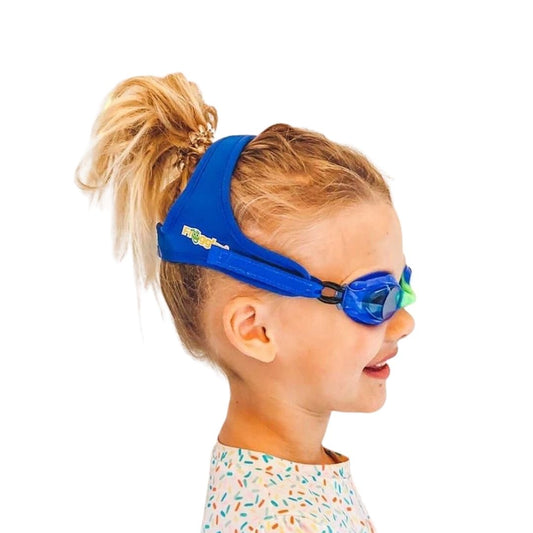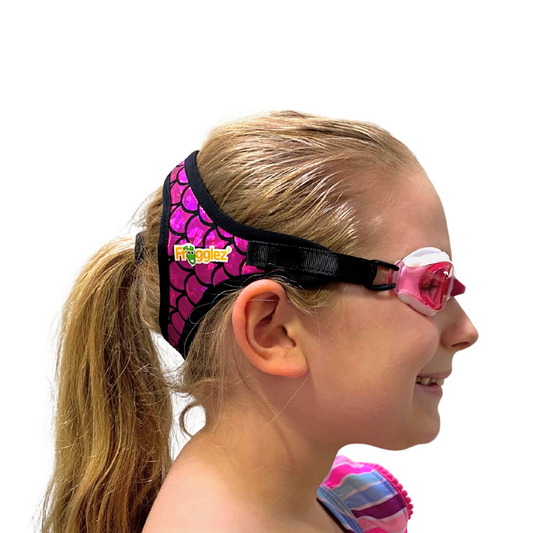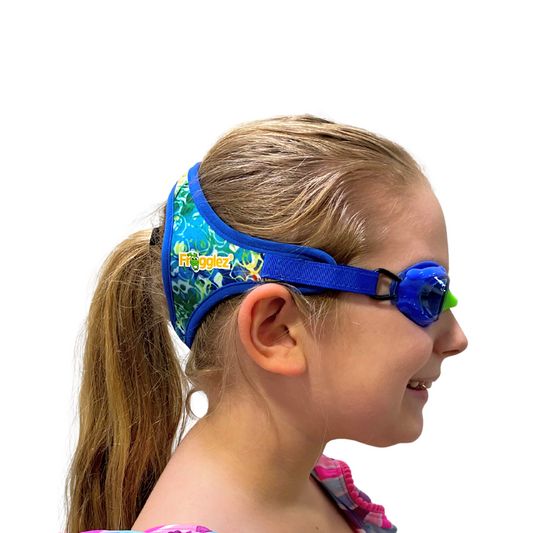Splashing around in a pool, lake, or at the beach is the best part of summer. After a day of underwater fun, it’s common for swimmers to get home with a little leftover water in their ears. If the area doesn’t dry out quickly enough, the resulting condition can make them miserable. Swimmer's ear is an ear infection, with all of the accompanying inflammation, pain, and heat, but it’s different than the one children get after a cold.
We swim more often in warm weather
Swimmer’s ear is common in kids who spend a lot of time in the water. Too much moisture for too long a time breaks down the skin, leaving it vulnerable to bacteria or fungi. Germs settle in and multiply in the moist environment. Consequently, kids get swimmer’s ear a lot in the summer months when we spend more time in the pool, lake, and ocean.
Swimmer’s ear is itchy, hot, and uncomfortable
Discomfort after swimming caused by trapped water can be pretty common. When a child complains of clogged ears or hearing an echo, it’s time to take note before the condition advances to infection. The first sign of an impending infection is typically itching.
Ear pain from swimmer’s ear can be severe. Children usually complain of pain first, accompanied by warmth and redness. Pulling and pressing on the ear worsens pain, as can chewing. As the infection gets worse, the outer ear may become red and swollen, and the nearby lymph nodes can be tender. If you don’t treat the infection, the ear canal can become swollen and blocked with a pus-like discharge that makes it hard to hear.
Mix up a batch of drops to use after swimming
If you’re concerned about the water quality or trapped water in your swimmer’s ear, the easiest way to treat it is to put a few drops of rubbing alcohol mixed 1:1 with hydrogen peroxide into the ear canal with a dropper. As the alcohol evaporates, it takes the water with it while the peroxide kills any germs. Avoid cotton swabs or putting any foreign object into the ear canal, as that increases the likelihood of infection.
Parents also have success with these interventions
Parents share stories of their kids successfully dislodging the water by tilting their heads and gently pulling on earlobes to open the ear canal. Chewing gum has reportedly worked, as have other methods for “popping” ears due to altitude changes like applying a flat palm to the ear to cause a pressure change. Parents can help by blowing a hair dryer on a low setting toward the ear to help dry the skin thoroughly after swimming.
Prevent infections by keeping water out
For kids prone to swimmer's ear, use silicone earplugs or cotton to keep water out. Avoid swimming in untreated water or proactively treat after each outing with a home remedy. The same germs that irritate the ear canal can cause eye infections, so encourage kids to wear goggles while swimming to protect their eyes from bacteria and debris.
See a doctor if the outer ear canal is infected
If nothing works and the water kicks off a full-blown infection, it’s time to call the doctor. You’ll likely get a prescription for antibiotic eardrops and instructions to avoid water activities for at least a week. More severe infections might require oral antibiotics and lab tests to determine the origin.
Don’t let a few germs spoil the fun
Swimming a lot in summer leads to pruny fingers and wet ears. After a day of underwater fun, make sure your kids dry off completely before swimmer’s ear sets in and ruins the day. Watch for signs of itching or discomfort and try a home remedy. If it looks infected, consult your doctor for the best course of action.








